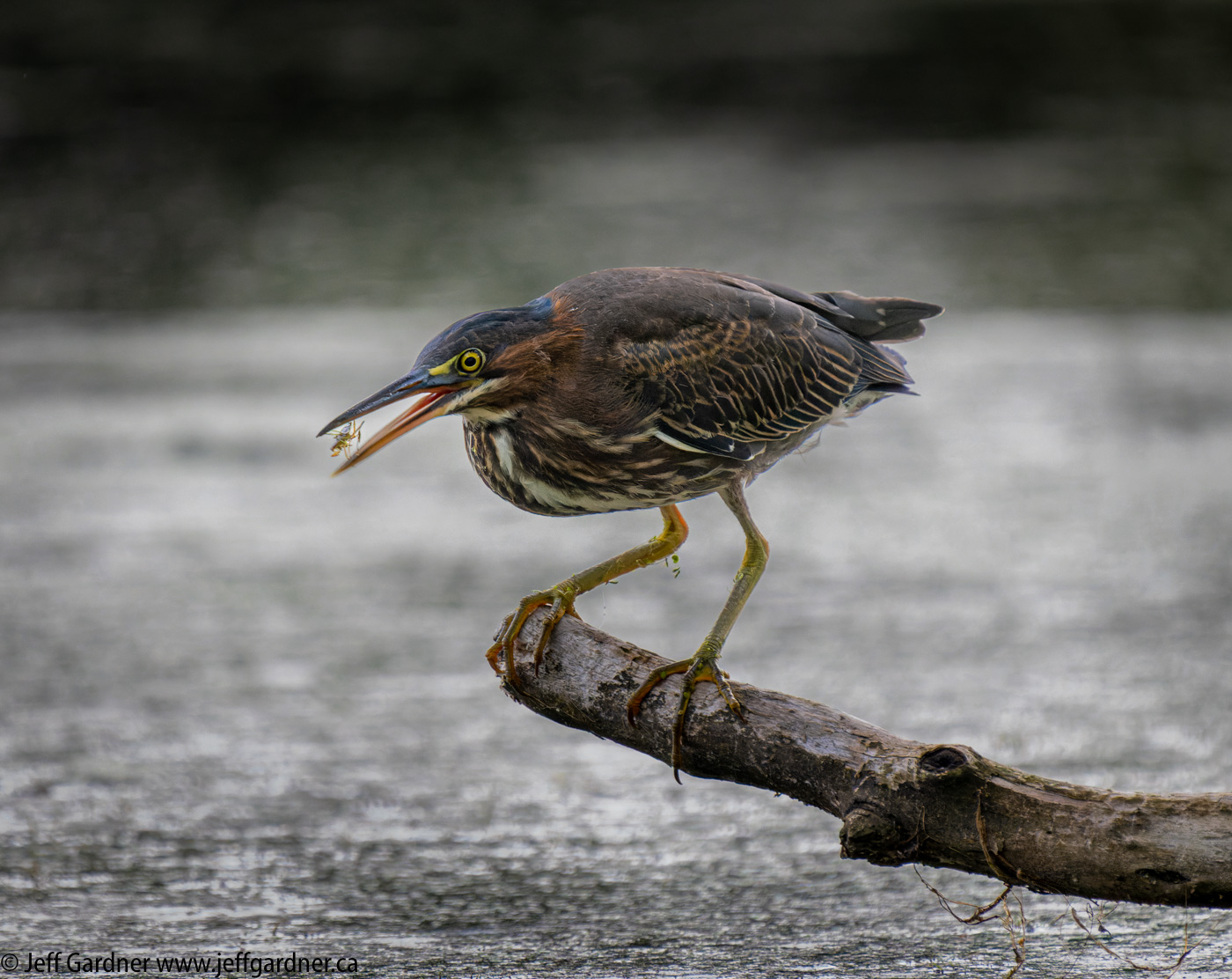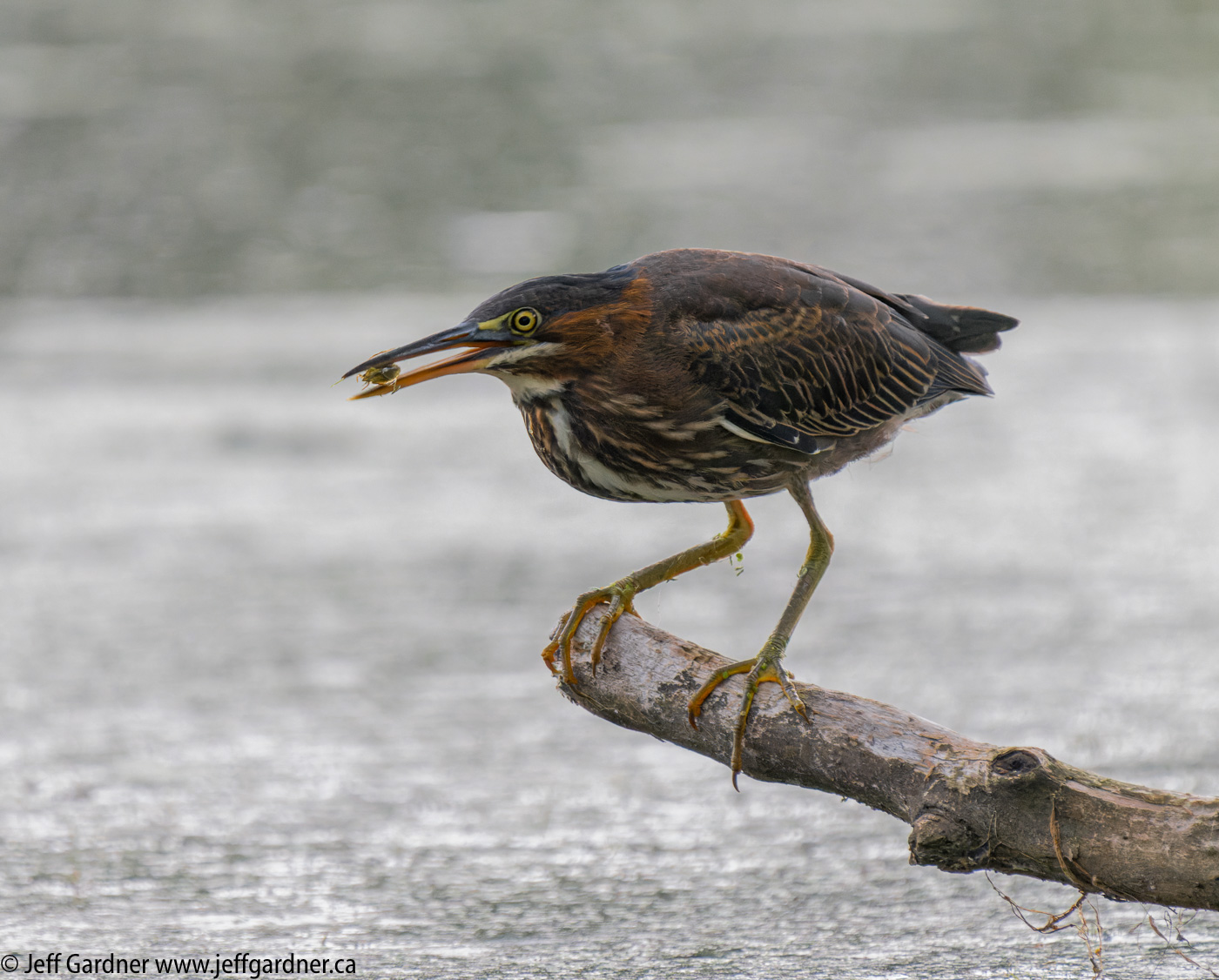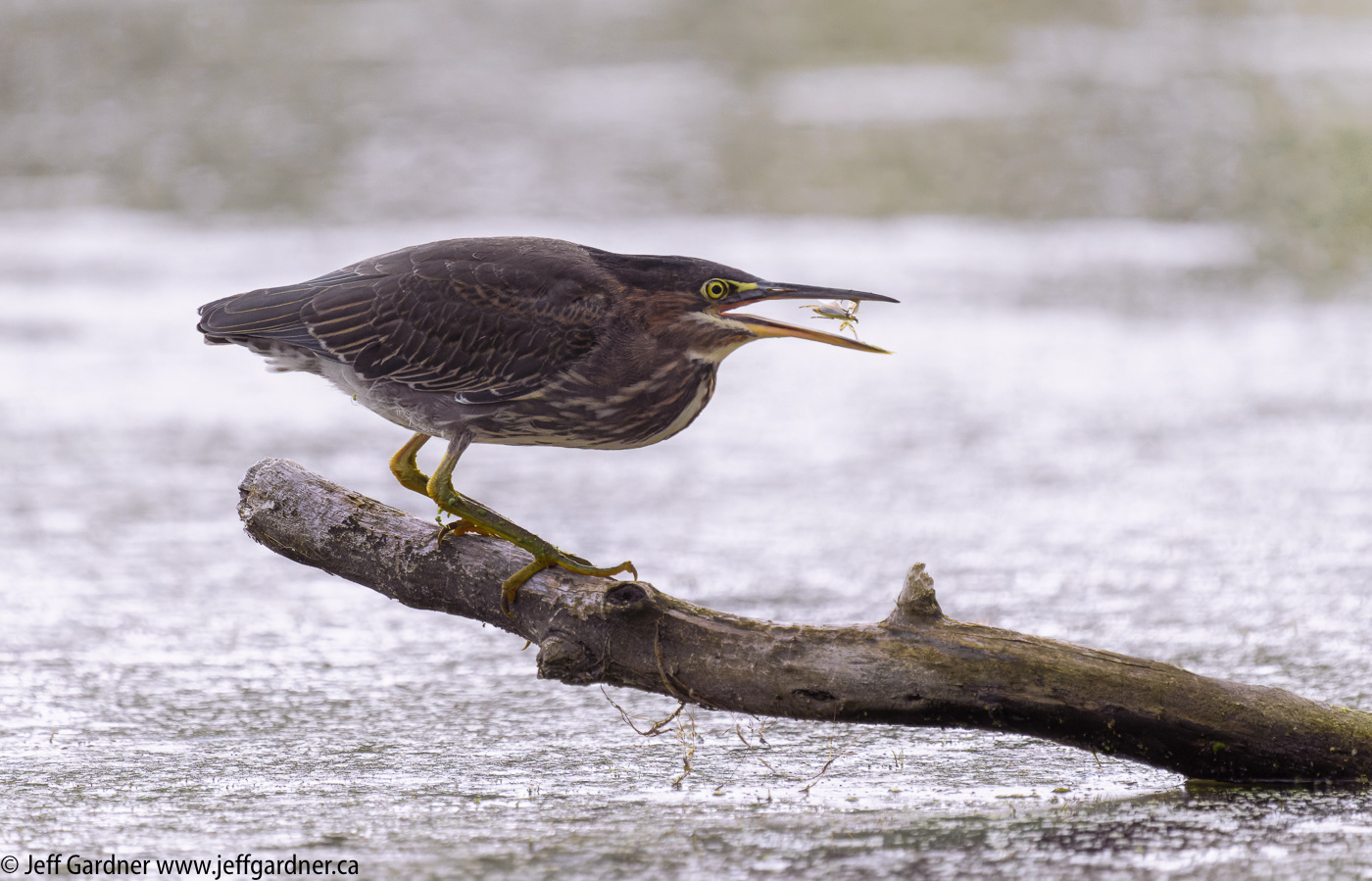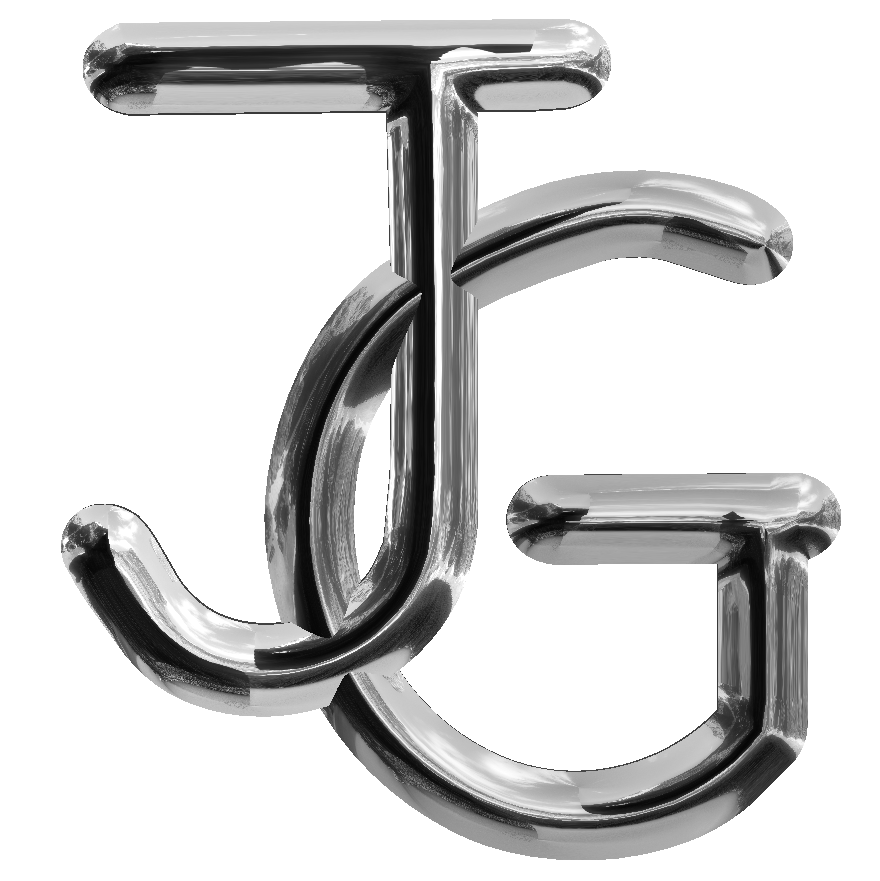Many photographers seem to struggle to obtain sharp images with long lenses. Take for example the Sony 200-600 with Teleconverter (TC). I have tested this lens with and without the 1.4 TC and it is remarkably sharp in both cases. Given its price point its a very popular purchase and the image quality is fantastic. Contrary to popular opinion, the 1.4TC appears to have NO NEGATIVE IMPACT on image quality. This is not a common senerio as in the old days (a couple of years ago) a TC always degraded IQ. And even though the 200-600 is a zoom, it is sharper than my old Canon 500 F4 II, a fraction of the size, weight and cost.
I believe sharpness problems often reported are due to using too low a shutter speed for such a long lens (840mm) as using too low a shutter speed causes motion blur which is further compounded by high resolution sensors found on the A7R4 (61Mpix) or A1 (50 Mpix).
In the field it’s sometimes difficult to pin down the causes of problems, so I did some testing in the studio on a tripod to eliminate the blur caused by motion of the subject. You can see from the test shots below that the lens with or without a TC is remarkably sharp.
So if the lens with a TC is sharp in ideal test circumstances what causes the problems in the field? Basically following the old rules for shutter speed using the reciprocal rule of the length of the lens, an 840mm lens (600 x 1.4) the shutter speed would need to be around 1/1000 sec. However with high resolution sensors this rule needs to be at least doubled, which would allow for a static subject to be photographed at distance with no motion blur introduced by the photographer. Milage would vary depending on the photographers shooting technique in controlling movement of the camera/lens.
Since the lens is often used with wildlife / bird photography, even higher shutter speeds are required to account for the motion of the subject. 1/3000 may be a good starting point for small birds on the high res bodies. Results will vary depending on the distance, shooting conditions and subject.
Since the lens is F6.3 without a TC and F9 with a 1.4TC, I suspect most shots will need a high ISO to maintain a high shutter speed. Dealing with noise will then be a issue. On the A9 and A1, at ISO 12,800 – noise IMO is manageable in ACR. With DxOPureRaw I am testing the results in the field now, but somewhere around ISO 20,000 produces spectacularly sharp images with acceptable levels of noise. At any ISO, DxOPureRaw produces superior results to Adobe Camera Raw. Sharpening and noise reduction in ACR should be turned off when using DxOPureRaw. My understanding is that Topaz DeNoise is on par with DxOPureRaw however I have not tested this.
Another issue often mentioned is the need to ‘stop down’ the lens to ensure it is sharp. Testing once again tells the true story. At F9 (wide open with a TC) through F16 the lens is sharp with no appreciable difference at any of those apertures. Of course stopping down further increases the need for higher ISO’s a – so in my mind, given the need to maintain speed and better bokeh, wide open is the way to go unless greater DOF is required for the specific shot. I have tested two copies of this lens, both were consistently sharp wide open and to about F16 or more before diffraction was visible.
The other popular misconception is that the OSS (Optical Steady Shoot) should be turned off when on a tripod or shooting higher shutter speeds. Once again testing proves this to be false. There is no down side to leaving OSS on. Obviously at lower speeds on a tripod or when hand held, OSS will help reduce camera motion.
I am happy to send DNG files proving the above statements to anyone who is skeptical, as the above points are all fully tested.
I do think that a 1.4TC may very well slow down the auto focus on the A7R4 and A9. As for the A1 I don’t find there is an appreciable difference in AF speed with or without the TC, as auto focus appears to be instantaneous in both cases.
So what’s the Sony 200-600 Sharpness with 1.4 TC like in the field. Once again I have spectacularly sharp results providing the shutter speed considers the shooting conditions and subject.
So that’s my opinion – the Sony A1, 200-600, 1.4TC and DxOPureRaw is simply a game changer that will change how we shoot and process ‘action’ photography.
Sony A1 1/8 sec at f9.0 FE 200-600mm F5.6-6.3 G OSS + 1.4X Teleconverter no sharpening or noise reduction:
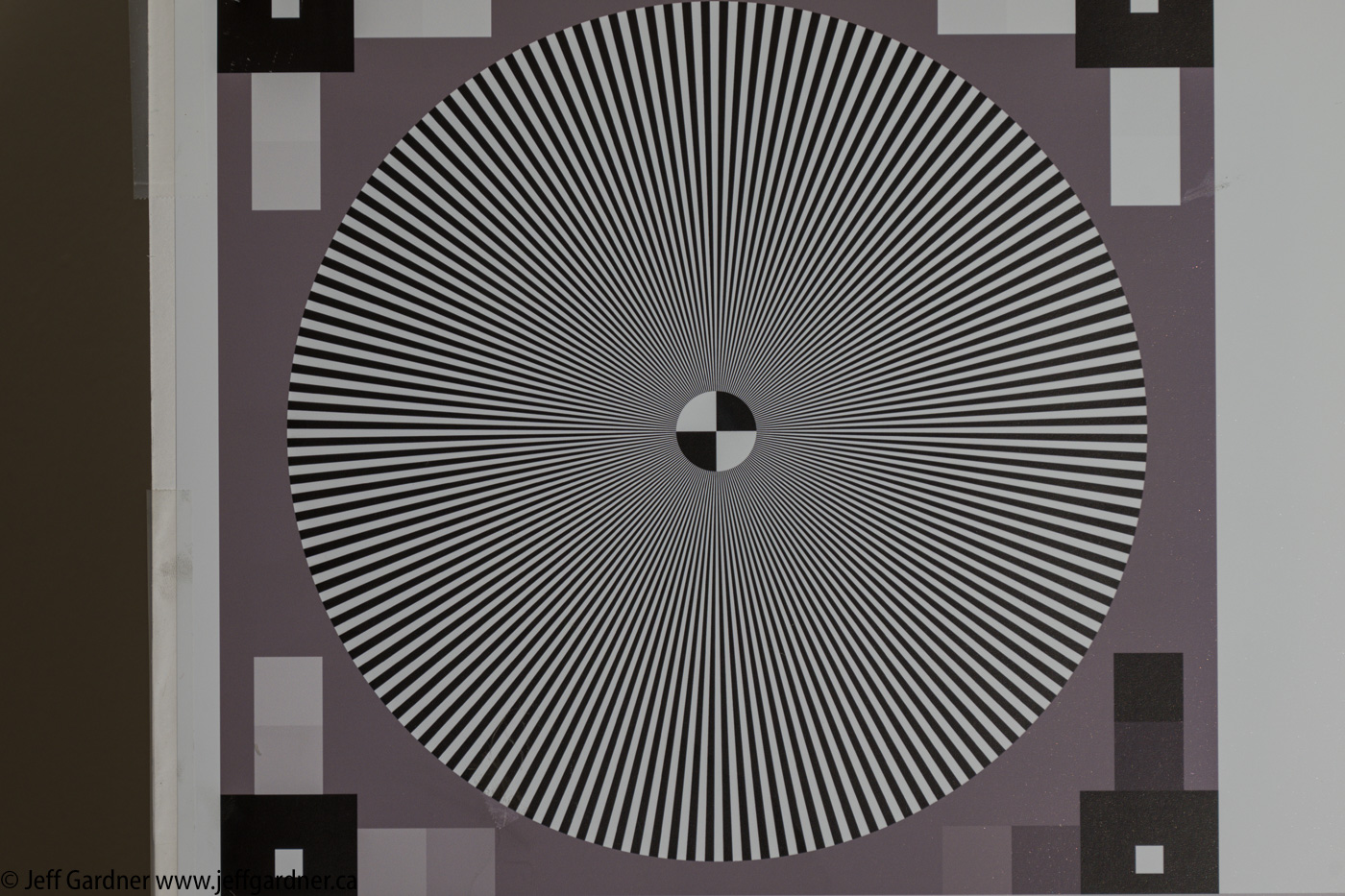
Sony A1 1/15 sec at f6.3 FE 200-600mm F5.6-6.3 G OSS (no TC, no sharpening or noise reduction):
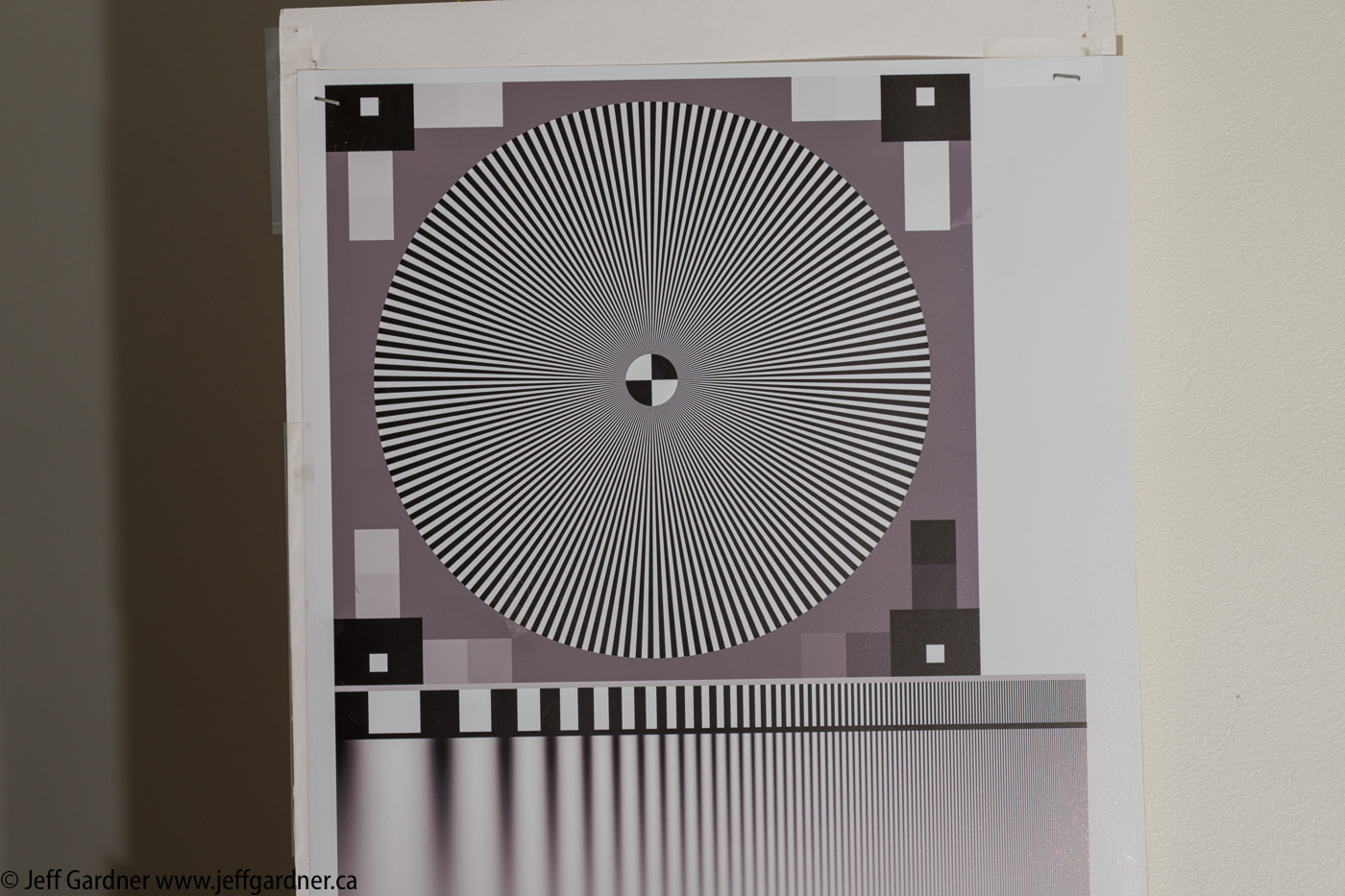
A1 200-600 with TC, ISO 12,800, 1/1000 (slower speed as taken in dark conditions) hand held OSS#1:
